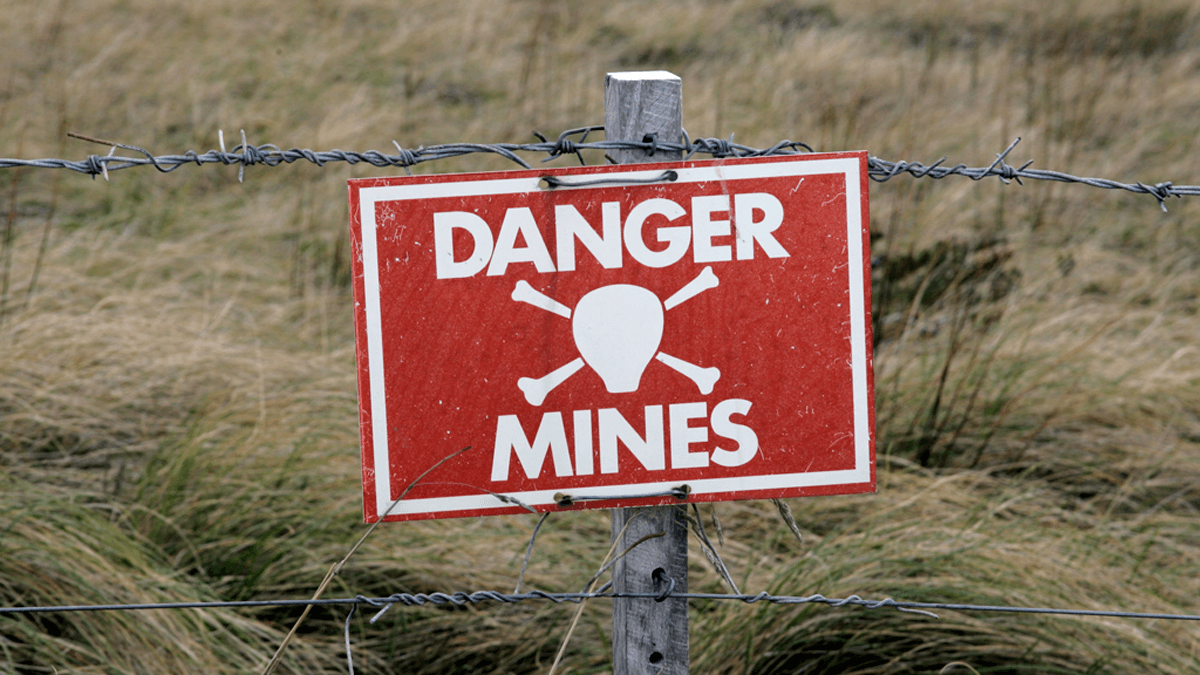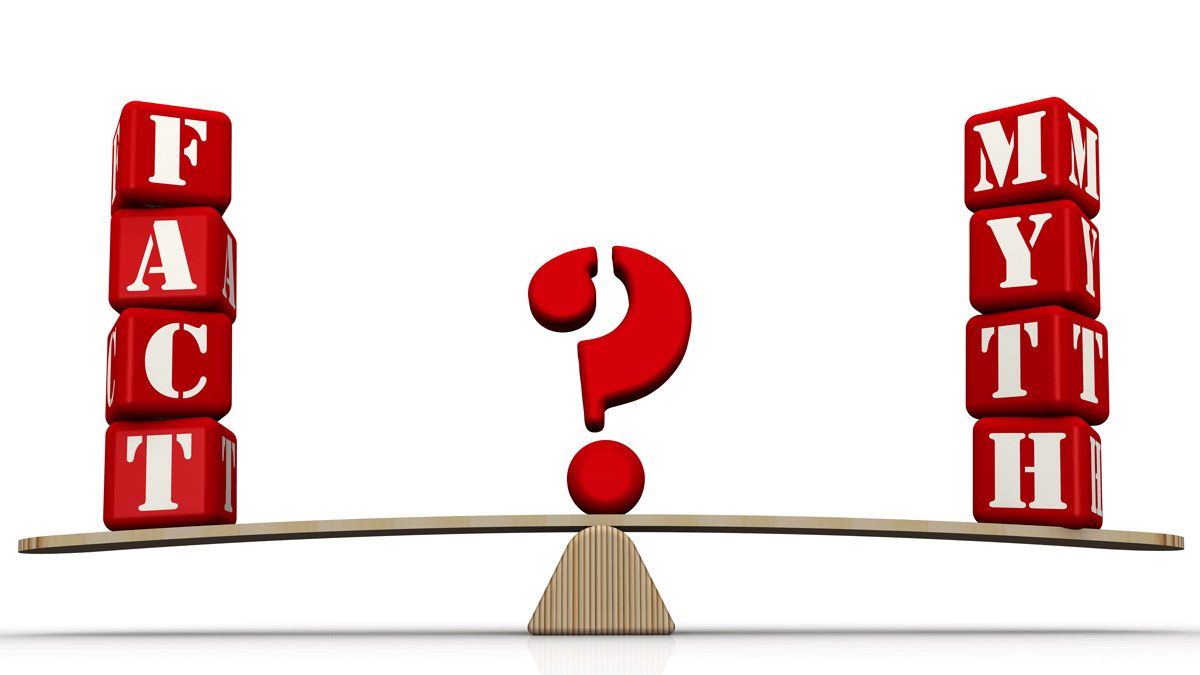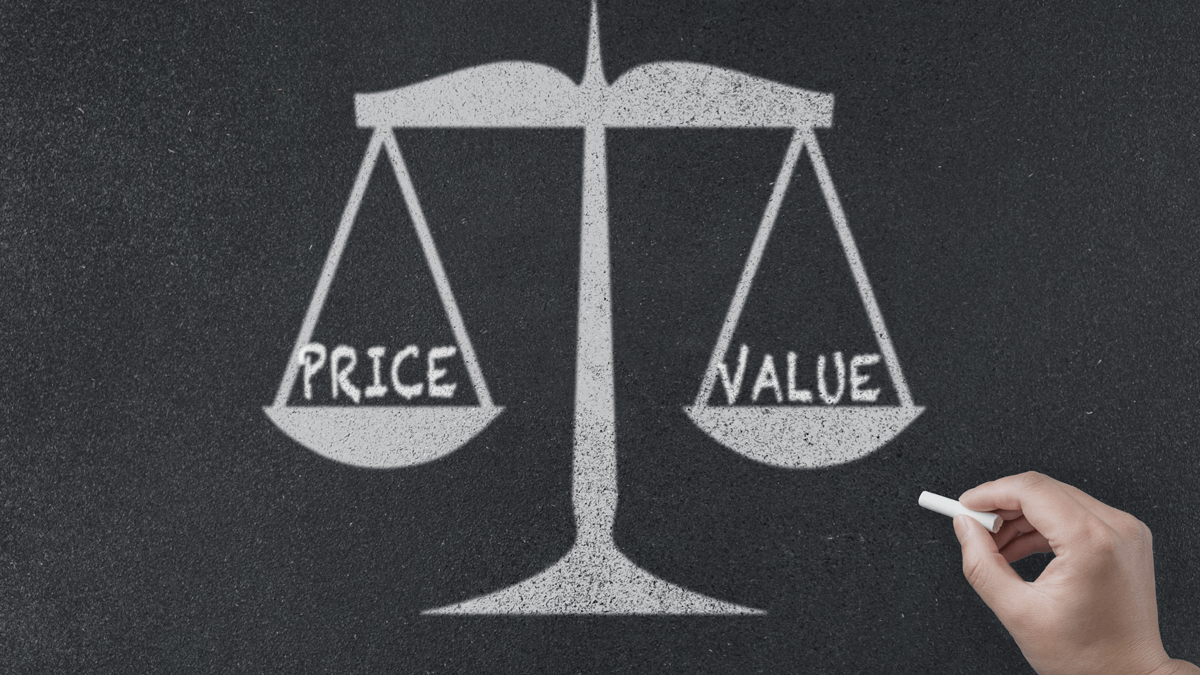A landmine is something that could blow up your high-stakes project. Consider 3 points: 1) Landmines pose a greater threat in unfamiliar terrain, so be extra careful outside your core. 2) We don’t like to think about unhappy thoughts–like landmines–so be diligent in investigating assumptions that could become landmines. 3) No one steps on a landmine they can see. So the team’s first job is to make all assumptions visible… and then determine which might be a landmine.
To see how this is done, view the video at Project De-risking with Minesweeper
You know this 2×2 matrix: Projects in familiar markets & technologies are in the lower-left corner… the “core.” Most companies think projects outside this core are “risky.” But you can’t assign a level of “risk” because that requires assigning a probability of failure. And you simply don’t know enough to do this. All you can say is you are “uncertain.” Good news: Uncertainty can be resolved by laying out all your assumptions and investigating each to drive it to certainty.
To see how this is done, view the video at Project De-risking with Minesweeper
We see three areas where leaders can have a greater negative impact on innovation than positive: 1) organizational friction (travel bans, spending freezes, hiring delays, excessive re-orgs, etc.) that slow innovation to a crawl, 2) spreading too few resources over too many projects so that nothing moves briskly, and 3) short-changing the front-end of innovation, so that a clear picture of customer needs is lacking. Companies pay a heavy price for keeping such leaders in place.
More in article, Accelerate New Product Innovation
The Oxford Dictionary defines a factoid as an item of unreliable information that is repeated so often it becomes accepted as fact. Too often in product development, what we view as a fact is just a factoid. Its fine to have assumptions, but make sure they don’t dress up as facts. What you think you know is more dangerous than what you know you think.
View video, De-risking Transformational Projects
If you focus on unimportant outcomes, customers will greet your new product with a collective yawn. If you satisfy outcomes competitors already meet, customers will greet you with a phone call requesting lower prices. How long will this take them? Depends if they have you on speed dial.
More in article, Your Best Path to Profitable, Sustainable Organic Growth
Many B2B suppliers consider competitive pricing as they plan new-product pricing. Or worse, cost-plus pricing. Both are irrelevant if you deliver real value to customers… not a “me-too” product. Competitive pricing just helps you judge initial customer reaction, and cost-plus just sets the pricing floor. Neither tells you what customers will pay. For that, you need customer-value pricing.
More in article, New Product Pricing: Capturing Freshly Created Customer Value
Many think new product pricing is determined by how much value a supplier delivers to customers… but that’s not strictly true. Pricing is driven by customers’ perception of value delivered. Therefore, you need to give prospective buyers a value calculator or similar tool, so they can see how much money they’ll make or save.
More in white paper, Catch the Innovation Wave (page 12).
For example, do you have a serious discussion about customers’ next best alternatives? What do we know about these alternatives, how do we know this to be true, how do customers measure their satisfaction, and how is our new product design stacking up? Without such insight, you’ll have to guess at your new-product pricing.
More in article, Four Steps Needed for New Product Differentiation
Consider four steps: 1. Understand value, learning which important outcomes customer lack. 2. Quantify value, estimating the potential value beyond customers’ next best alternative. 3. Build value, by developing a new offering. 4. Communicate value, with a dynamic launch. Most companies can get much better at steps 1, 2, and 4.
More in article, Three Steps to Unbeatable Value Propositions (Originally published in B2B Organic Growth newsletter).
You want differentiated new products that will induce enthusiastic customers to open their wallets wider. Differentiated products must be… different. But different from what, in what ways, and to what extent? 100% of this information can be learned from B2B customers… but only if you engage them in specific discussions. Very few suppliers do this correctly.
More in article, Four Steps Needed for New Product Differentiation (Originally published in B2B Organic Growth newsletter).
Customers only pay a higher price for your innovation if it is important, measurable, and distinctive. The customer must a) care about the outcome being improved, b) observe the improvement so you get credit for it, and c) be unable to get the same improvement from your competitors. Sorry, but you need all three.
More in New Product Blueprinting article, Three Steps to Unbeatable Value
Ever watch stage-gate reviews or entire workshops wrestling with The Value Proposition? It’s not pretty. In my experience, good B2B customer interviews yield potential value propositions like so many ripe apples falling from a tree. You just need to pick which to pursue. If you have to dream them up, you’re climbing the wrong tree.
More in article, Three Steps to Unbeatable Value Propositions (Originally published in B2B Organic Growth newsletter).
If you want to create an unbeatable value proposition with your B2B product, understand customer value by moving to the highest of 6 levels for customer insight. Then quantify value by building a value calculator, and communicate value with a B2B-optimized product launch. ... Read More
You have to deliver important value that customers cannot get anywhere else to command a higher price. If customers can get this same value from just one other supplier, they’ll use it as leverage for lower pricing. So the difference between delivering new value and matching existing value is the difference between raising and lowering market pricing.
Download our Free white paper to discover how the Innovation Wave will differ from earlier Quality and Productivity Waves. Catch the Innovation Wave (page 8).













